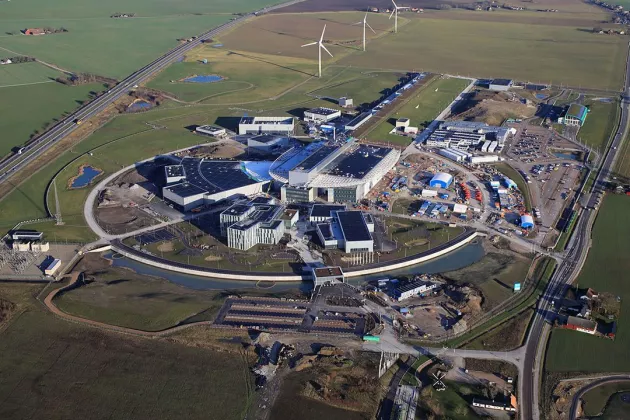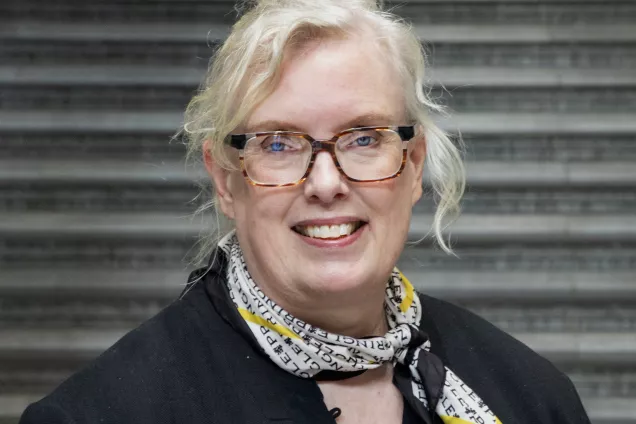At Lund University, we have been working on innovation for a long time and in a variety of ways, not least in terms of research results that in turn have resulted in start-up companies. Many of these companies have also benefited from the University's own support structures such as LU Innovation and the University's investment company LU Holding AB. Innovation is more than that, however. For example, in recent years humanities and social sciences research and education have also contributed to solving challenges in society through innovation.
A key capability of the University's innovation environments is having depth and breadth and being able to work across boundaries. The area known as the Lund Innovation District has gained international recognition in recent years. But what exactly is an innovation district?
Innovation districts are made up of a number of stakeholders with links to a specific geographical area who choose to cooperate and support each other's activities to make the whole more than the sum of its parts. However, no one can be said to own or fully control an innovation district – it is based on a common interest in collaboration and driving development among stakeholders with separate roles.
Internationally, there are many innovation districts that have often, but not always, burgeoned around higher education institutions. Modern innovation districts are based on providing an environment that is stimulating and attractive to spend time in around the clock. In addition to the academic foundation, a committed local government is needed to provide a good base with housing, schools, preschools and shops as natural elements of the environment. In Lund, the emergence of the Brunnshög neighbourhood is a good example.
In addition to universities and local government, other stakeholders are also important for innovation such as research parks. In Lund we have both IDEON, Sweden's first research park, and Medicon Village, also home to the business incubator SmiLe. The planned Science Village is a new innovation environment located between MAX IV and ESS. Larger companies are rapidly establishing themselves here, wanting to be part of the development and to contribute to establishing “talent attraction” there. There are few innovation centres in the world that can deliver research, education and unique world-class research facilities, all practically within walking distance!
Thanks to MAX IV, we are already learning more about future materials, medicines and substances for food, and even understanding our cultural heritage better – all through the use of synchrotron light. It is precisely this mix of activities that has led to Lund's innovation district often being better known internationally than within the University!
One example is the UC Berkeley leadership who visited the University and the Lund Innovation District last autumn. Many renowned universities want to visit us and their visits form part of our GDE (Global Dynamic Engagement) programme, the University's international engagement initiative. Through our commissioned education, we also provide training for representatives from countries in Africa who want to be inspired by our innovation environment; the countries of the Global South are taking great strides on these issues.
An innovation district requires coordination and exchange between the different stakeholders. Much of the coordination is undertaken by the economic association Future by Lund, which includes the University, the municipality and a large number of companies.
Like to find out more? Come and listen!
- 11 March, 16:00-18:00: Afternoon talk Innovation portfolios in Lund ID and talent attraction, Crafoordsalen, School of Economics and Management.
- 16 April, 16:00-18:00: Shifts in innovation politics and the effect on Lund ID, 16 April (this meeting will also be attended by Ingrid (IP) Petersson, chair of the University Board).
Up-coming talks about Lund Innovation District (futurebylund.se) (in Swedish)
Läs mer



